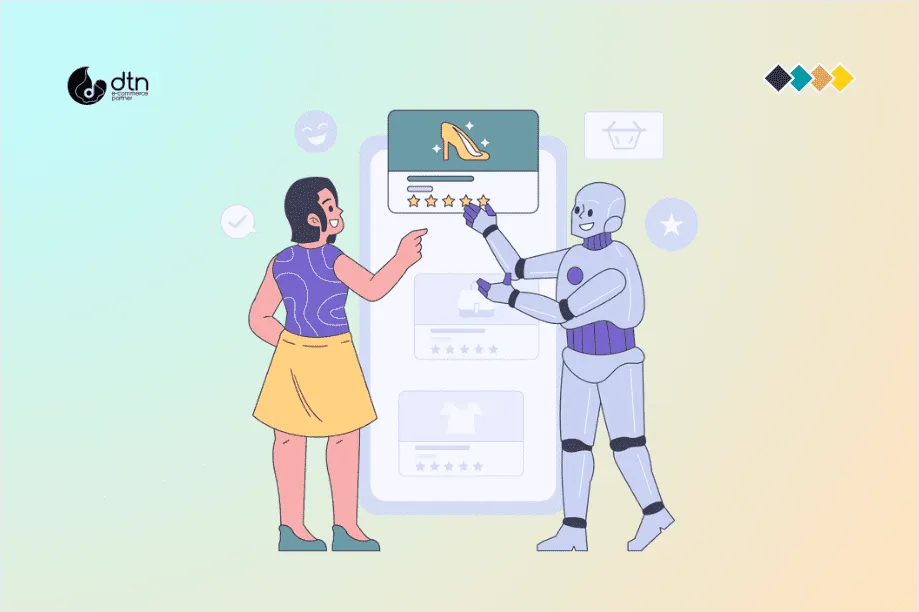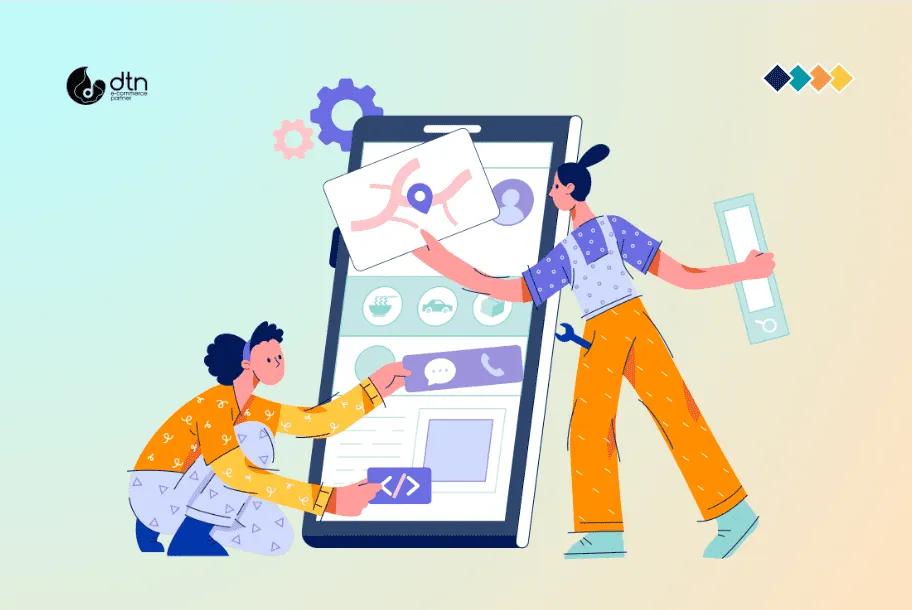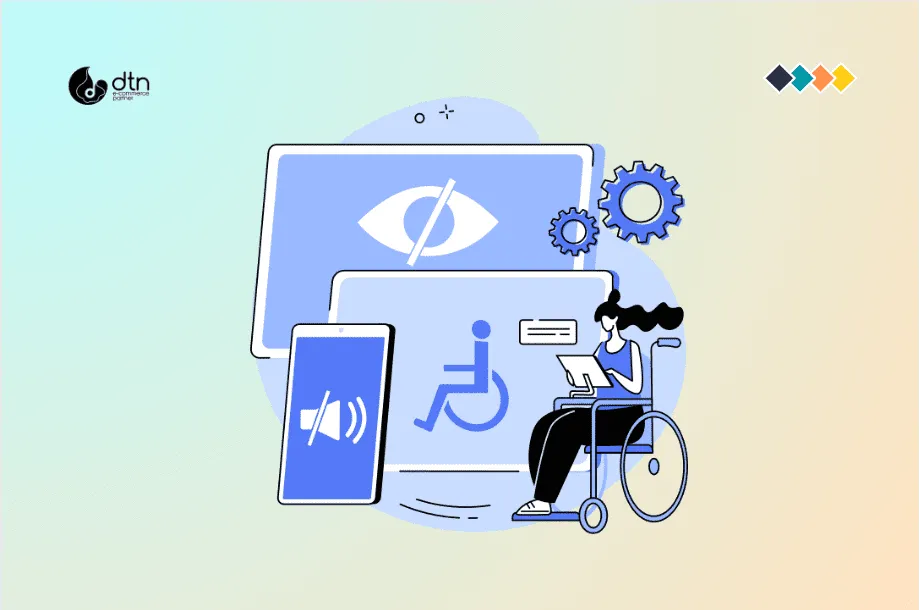User experience (UX) design plays a pivotal role in shaping customer satisfaction and driving business success. As online shopping continues to surge, businesses are recognizing the importance of providing seamless, intuitive, and engaging experiences for their customers.
In this blog post, we’ll delve into the latest UX Design Enhancements in E-commerce, UX design enhancements that are transforming the e-commerce landscape, empowering businesses to create memorable and frictionless customer journeys.
Table of Contents
1. Personalized Product Recommendations
Gone are the days of generic product listings. Today’s UX design focuses on delivering personalized recommendations tailored to each customer’s preferences. By leveraging machine learning algorithms and data analytics, e-commerce platforms can analyze user behavior, purchase history, and browsing patterns to suggest products that are highly relevant to their interests. Not only does this improve customer satisfaction, but it also boosts conversion rates.

2. Intuitive Navigation and Search
Navigating an e-commerce website should be effortless. UX designers are employing intuitive navigation systems, such as breadcrumbs, drop-down menus, and search bars, to help customers find what they’re looking for quickly and easily. Advanced search functionality, including auto-complete and predictive search, further streamline the process, allowing customers to locate specific products with minimal effort.

3. Mobile-First Design
With the proliferation of smartphones and tablets, mobile-first design has become paramount in e-commerce. UX designers optimize websites for mobile devices, ensuring that they are responsive, easy to navigate, and provide a seamless shopping experience on any screen size. This strategy accommodates the increasing population of customers who favor shopping on their mobile devices.

4. Visual Storytelling and Immersive Experiences
E-commerce is no longer just about displaying products on a page. UX designers are leveraging visual storytelling and immersive experiences to engage customers on an emotional level. High-quality product imagery, interactive videos, and 360-degree product views allow customers to explore products in detail, enhancing their confidence in their purchase decisions.

5. Streamlined Checkout Process
The checkout process is a critical touchpoint in the e-commerce experience. UX designers are focusing on simplifying and streamlining this process to reduce friction and increase conversions. This includes optimizing form fields, providing clear instructions, and offering multiple payment options to cater to diverse customer preferences.

6. Accessibility and Inclusivity
UX design enhancements extend beyond aesthetics and functionality to encompass accessibility and inclusivity. Designers are ensuring that e-commerce websites are accessible to users with disabilities, including those with visual impairments, hearing loss, and cognitive challenges. This involves implementing features such as screen readers, closed captions, and alternative text for images.

7. Data-Driven Optimization
UX design is not a one-size-fits-all approach. To create truly effective experiences, designers rely on data-driven optimization. By tracking key metrics such as conversion rates, bounce rates, and time spent on page, they can identify areas for improvement and make data-informed decisions to enhance the user experience.

Conclusion
UX design enhancements in e-commerce are continuously evolving, driven by the need to meet the changing needs and expectations of customers. By embracing the latest trends and best practices, businesses can create seamless, personalized, and engaging experiences that drive customer loyalty, increase conversions, and ultimately achieve long-term success in the competitive e-commerce landscape.
Frequently Asked Questions
We’ve compiled a list of answers to common questions.
Why is UX design important in e-commerce, and how does it impact business success?
UX design is crucial in e-commerce as it directly influences customer satisfaction, engagement, and retention. A well-designed user experience can lead to increased conversions, reduced bounce rates, and higher customer loyalty, ultimately driving business success by maximizing revenue and brand reputation.
What are some key UX design enhancements transforming the e-commerce landscape?
Some key UX design enhancements include personalized product recommendations, intuitive navigation and search features, mobile-first design, visual storytelling and immersive experiences, streamlined checkout processes, accessibility and inclusivity features, and data-driven optimization strategies.
How do personalized product recommendations improve the e-commerce experience?
Personalized product recommendations enhance the e-commerce experience by presenting customers with relevant products based on their preferences, purchase history, and browsing behavior. This not only increases customer satisfaction but also boosts conversion rates by showcasing items that align with their interests.
What role does mobile-first design play in e-commerce UX?
Mobile-first design is essential in e-commerce UX as it caters to the growing number of customers who shop using smartphones and tablets. By optimizing websites for mobile devices, businesses ensure a seamless and intuitive shopping experience across all screen sizes, thereby maximizing accessibility and engagement.
How can businesses leverage data-driven optimization to enhance UX in e-commerce?
Businesses can leverage data-driven optimization by analyzing key metrics such as conversion rates, bounce rates, and user engagement to identify areas for improvement in the e-commerce user experience. By leveraging data-driven insights, businesses can consistently enhance and fine-tune their websites to align with customer needs and preferences more effectively.



